Here at Hygge & Cwtch Design Studio, we’re all about feel-good interior design and this article looks at how you can tap into the five senses to design your home. Creating beautiful spaces which evoke the most positive feelings, contributing to a sense of calm and wellbeing. Key to achieving this is designing your home with each of our senses in mind – sight, touch, taste, smell and sound – and considering how we can positively stimulate each sense through the design choices we make.
As Ilse Crawford, designer and founding editor of Elle Decoration, put it in her short film with Danish brand Vola:
“…we’re primal creatures, and we read our environment through the senses… they connect us to the world.”
Considering all of the five senses when designing a home enables us to create a place that is meaningful to us as individuals. Where we can create total personal peace, feel supported and enabled to change and maintain behaviours and habits, improving our wellness on a subconscious level.

The key is to learning to understand yourself and what sounds, smells, sights, textures and tastes trigger your positive emotional responses. It will be different for everyone and this is what makes our homes unique, a reflection of our personality and our happy place.
So how can you achieve this sensory experience through the design in your home? Read on for our intro to the five senses…
Sight
Perhaps the most obvious sense that we tend to design for, a visually-pleasing space is essential to sensory design. We make a judgement on whether something appeals to us or not within a second of looking at it, so aligning the visual of a room to your emotional needs is key.
Firstly, consider how you want to feel in a room. Next think about the types of colour, lighting, space and shapes that are most likely to evoke these feelings in you, the instant you walk into the room. It’s personal to everyone so it’s a case of exploring options and seeing what works for you.
Perhaps you want a room to feel calm and cosy, a snug to hunker down in. Visually, you might lean towards darker shades, ambient lighting, smaller spaces filled with curves and squishy-looking furniture, drawing you in and immediately creating a sense of quiet and softness.
Your visual awareness is probably the sense that you are most used to using when decorating your home. So now you can take it to the next level and consider not only what you like the look of, but how it makes you feel when you look at it.
Smell
Such a powerful sense, a scent can bring back memories in an instant, just as it can subtly alter your mood and your desire to spend time in a place. Our sense of smell can create such an emotional response that it should be an integral part of designing a home where you’re striving to create connections and evoke feelings.
It’s known that certain scents can create certain feelings – think of the smell of coffee coming from the kitchen in the morning and how it can instantly make us feel ready for the day.
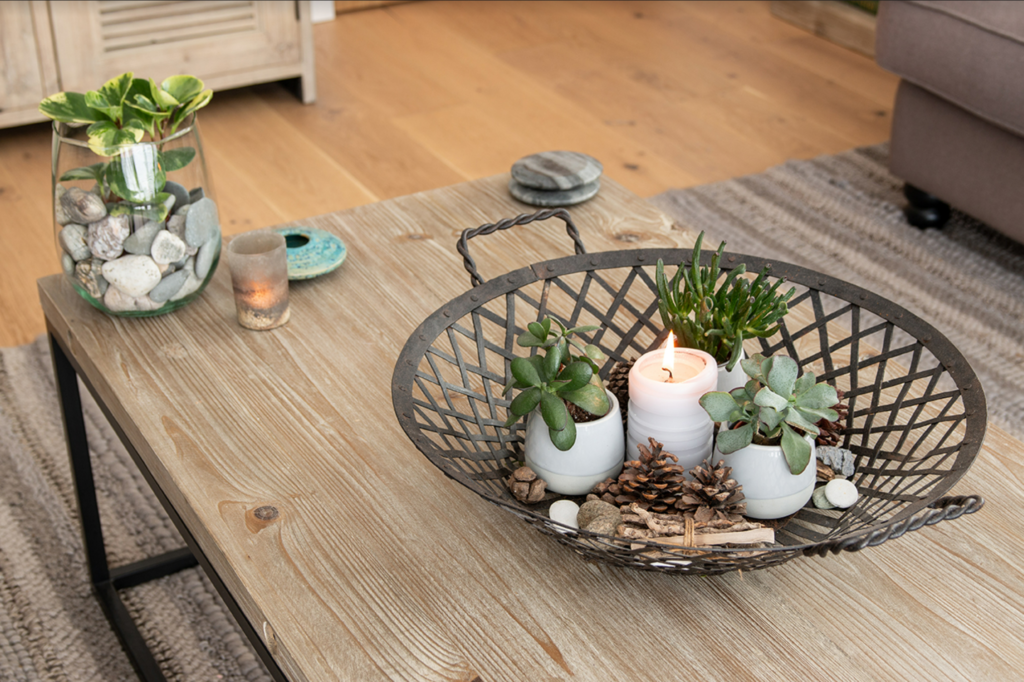
Certain types of smell are also better at triggering an emotional response at different times of year. A clean linen or floral scent is great for Spring, when we crave that feeling of freshness and getting back out into nature. Moving into Autumn is the ideal time to fill your home with warming, spicy scents, full of reminders of all of the exciting times ahead. Use this type of scent to help create a hygge vibe for the colder, darker months, encouraging us to enjoy the simple things and embrace the cosiness and safety of home.
With this particular sense, it’s useful to consider the home as a whole rather than individual rooms. Scents can change from room to room but trying to create drastically different moods through different scents can result in an odd, possibly unpleasant overall effect as you move through the house. Explore the effects that different scents have on you by using candles and diffusers, lighting the log fire and creating aromas in the kitchen. Find what creates the most positive emotional responses in you and run with them as your signature home scents through the seasons.
Touch
A true sensory experience involves activating multiple senses, so don’t underestimate the impact a good texture can have on both sight and touch. A beautiful texture or finish can add visual interest and elevate a design to the next level. The tactility of the texture can create an emotional response which reinforces the initial visual appeal.
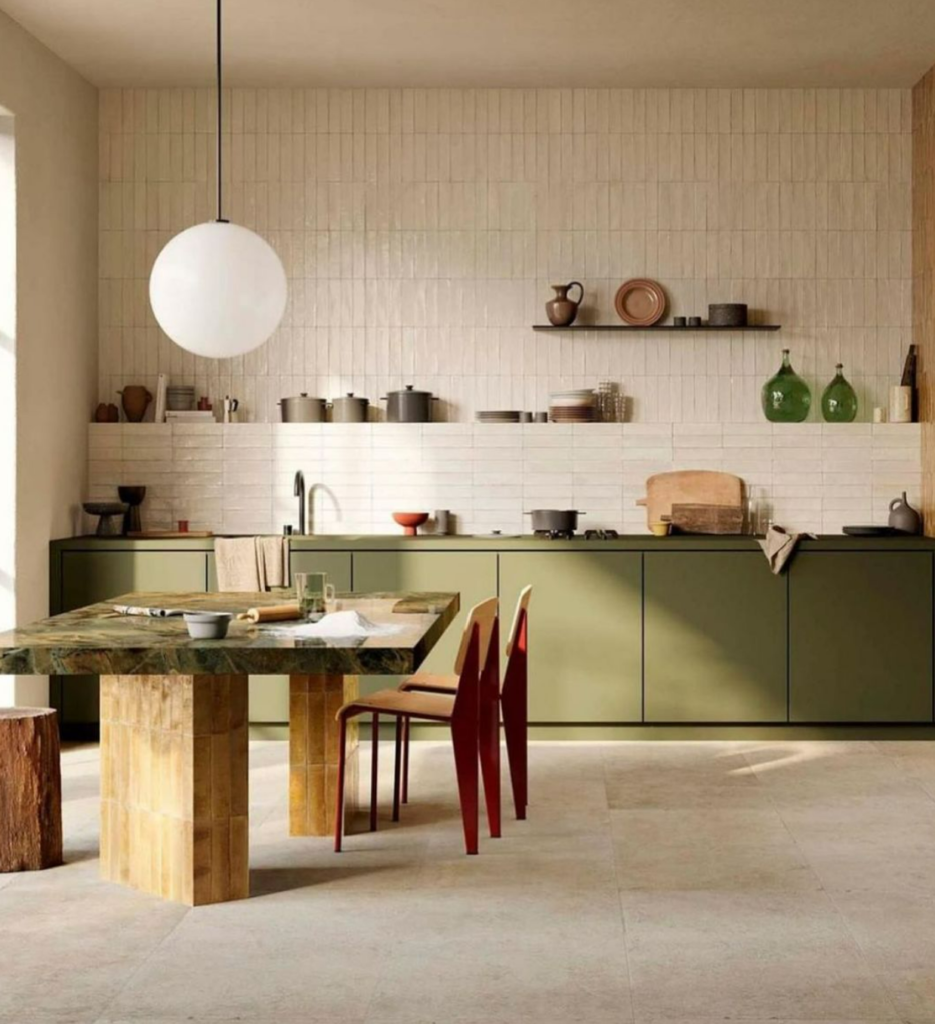
When designing your home, remember that touch is just as much about function as it is about form. A beautiful deep pile wool rug might feel like heaven underfoot, but in a home with young children, with crumbs and spilled drinks and tiny pieces of Lego, it may not be the most practical choice.
To create that sensory experience, play with different textures within a space, whether it be inside or outside. A soft wool rug for digging your toes into, layered over a jute rug to withstand the footfall of daily life. The rustic touch of a natural wood dining chair contrasting with a soft faux fur throw, connecting us to nature and repeatedly stimulating our sense of touch.
When you’re choosing fabrics and finishes, consider what feels good to you and what conveys the right feeling in each room. Do you prefer the sensation of wooden floor under your feet or soft carpet? Do you prefer soft seating which people will never want to get up from, or something more formal and supportive? It’s a personal choice, but we’re touching something almost every minute of the day, so make those decisions count.
Sound
Sound is an essential part of the sensory experience in the home. A house can look beautiful, full of inviting textures and inspiring scents, but can be easily ruined by unwanted sounds. Noise pollution can certainly be detrimental to our wellbeing, so it’s important to consider the acoustics of a house and take steps to reduce irritating or unwanted noise both inside and outside the home.
Invest in good glazing if you can. Fix those dripping taps. Lay rugs on hard flooring to soak up the sound of heavy footsteps. The little things can make a big difference.
We particularly love the brands who are combining acoustic technology with beautiful biophilic design. Truly designing for the senses. Naturewall creates acoustic wooden slat walls, helping to keep unwanted sounds out and your own noise in and looking beautiful while they’re at it.
Consider how different sounds make you feel and what sound may trigger different emotional responses. Give yourself options which allow you to tap into those sounds to meet your needs at the time. The ability to play your favourite music to release those feel-good hormones, versus the ability to switch off and enjoy silence when it suits you.
The sound of water can be calming to some which is why water features in the garden are so popular. If background noise helps you concentrate, make sure you’re able to play music in a study or office. Whether it be through the installation of technology or planning your spaces to ensure you have a place to retreat to when you need, think about how sound might play a part in how you live and enjoy your home.
Taste
Perhaps not the most obvious sense we think of when we’re designing a home! However food and drink is such an integral part of life at home, how we consume it and how it makes us feel has to be considered as part of the sensory experience.
It’s all about how enjoyable the taste of food or drink can be in the context of our surroundings. Thinking about how we want to live and entertain in our homes, and how we want to feel while we’re doing it, is key to activating a positive response through our sense of taste.
How enjoyable is that glass of red wine when you’re sat on a pristine sofa, over that vintage rug, with no side table nearby? It’s probably not as delicious as it would be if you weren’t preoccupied with the fear of spilling a drop! The overall experience won’t be creating positive feelings, therefore the taste of the wine won’t be as good and our experience in the space won’t be as enjoyable.
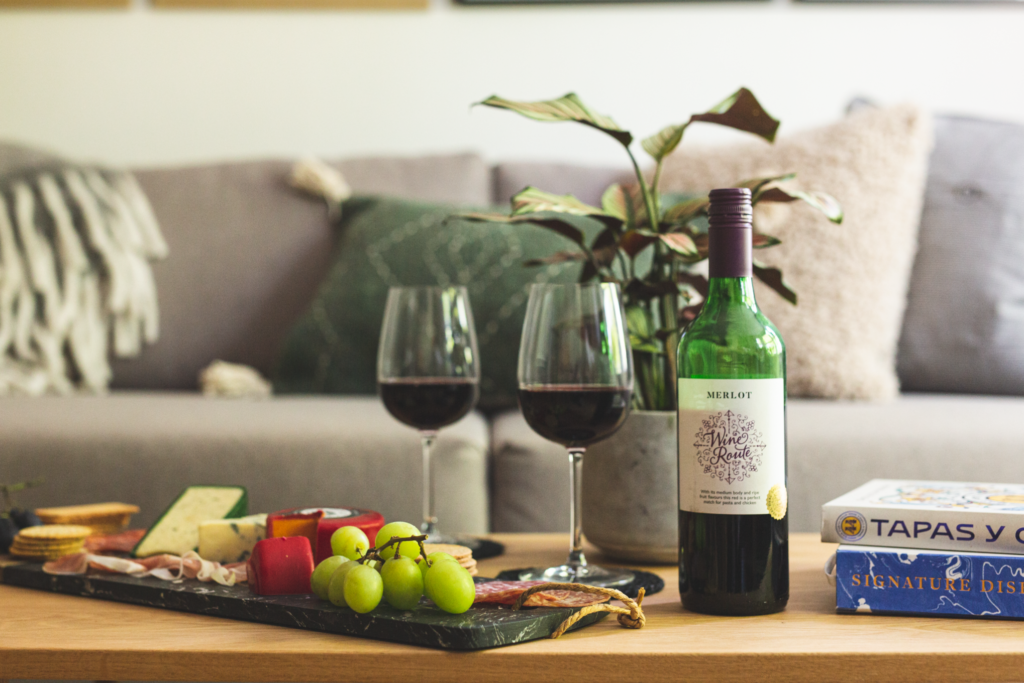
The most positive reactions will come if the environment we’re in allows us to fully enjoy what we’re tasting. So when designing your home remember to think about how you can make eating and drinking as enjoyable as possible, minimising worry or distraction.
If you’re interested in design for the senses and would like help with creating a beautiful home, we’d love to hear from you so please get in touch for a chat!
Leave a Reply
Previous Post
Next Post
For more of our latest projects, follow along on instagram at @hyggeandcwtchstudio.
© hygge and cwtch creative studio 2025 | all rights reserved | privacy policy | cookie policy
considered Art & INTERIOR Design for Beautiful Spaces
cardiff, CORNWALL & WALES
Hygge Cwtch
&
quicklinks
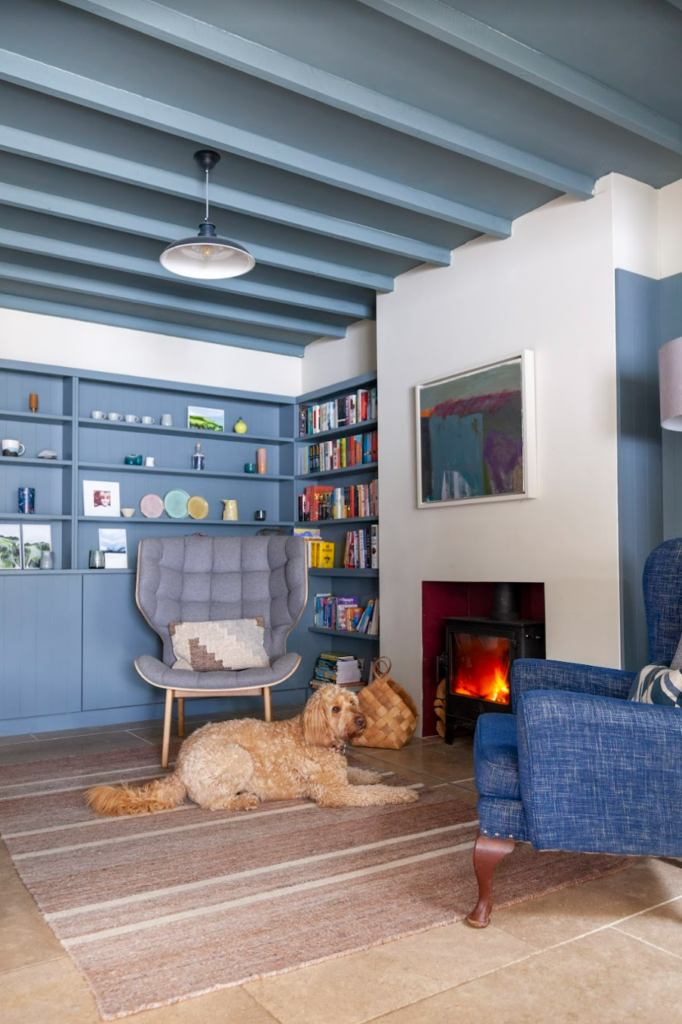
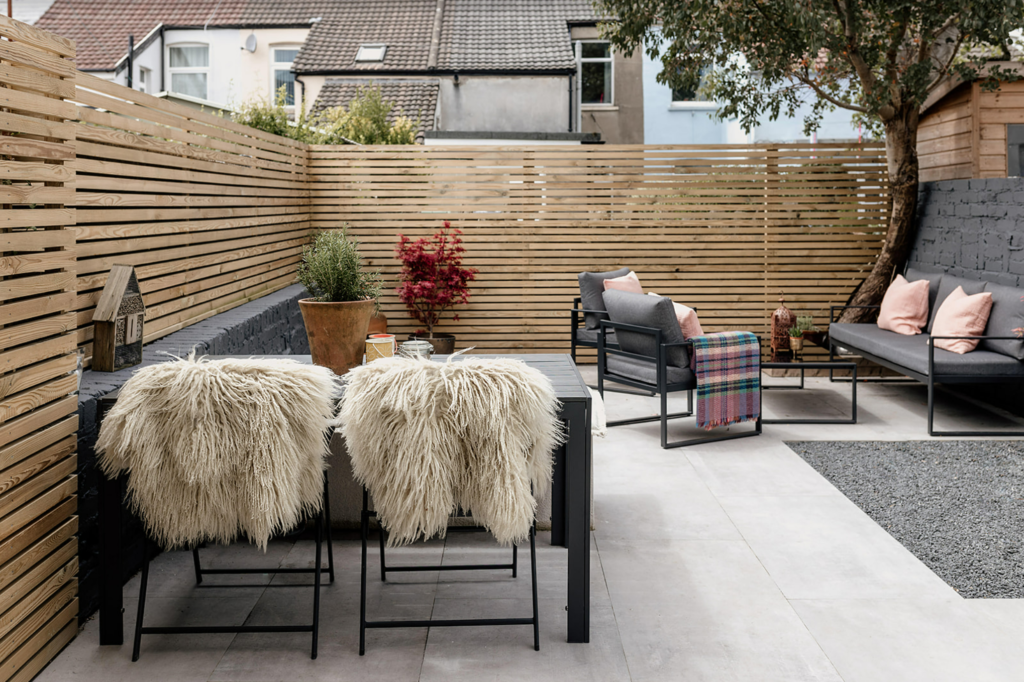
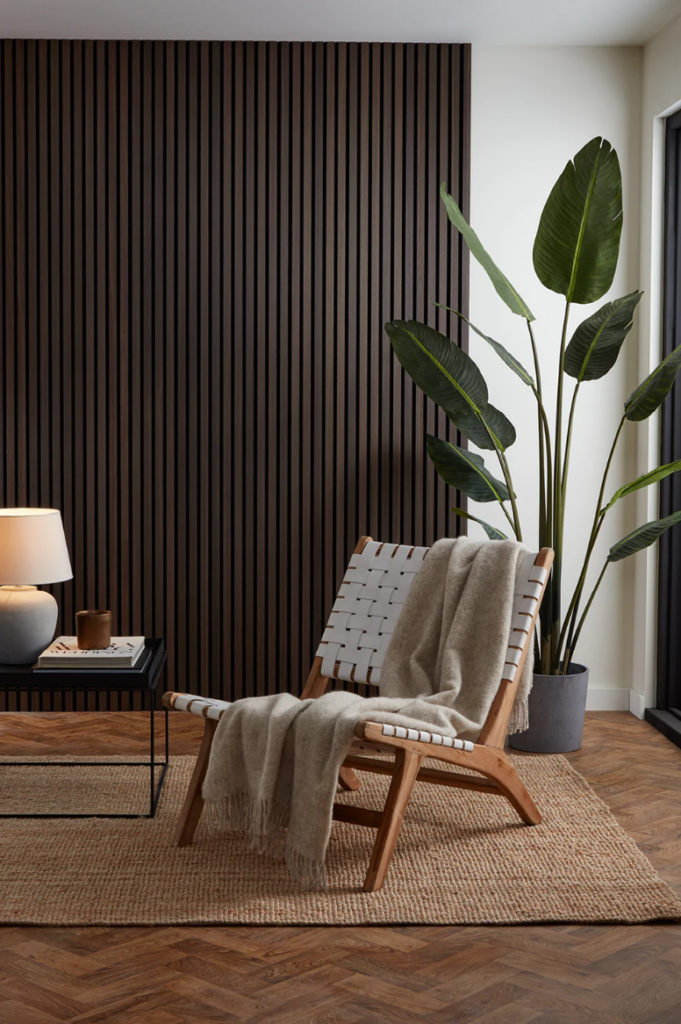
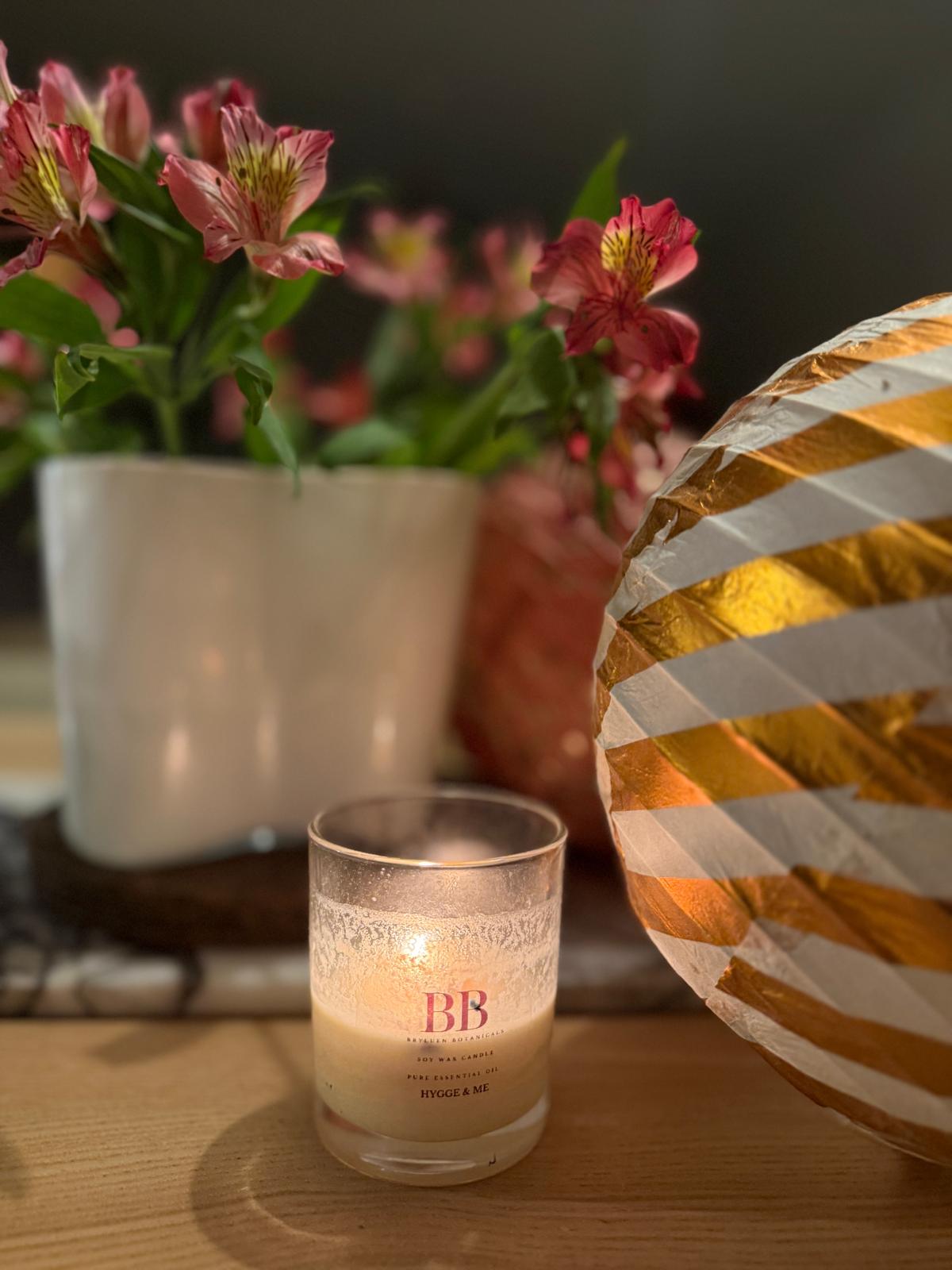
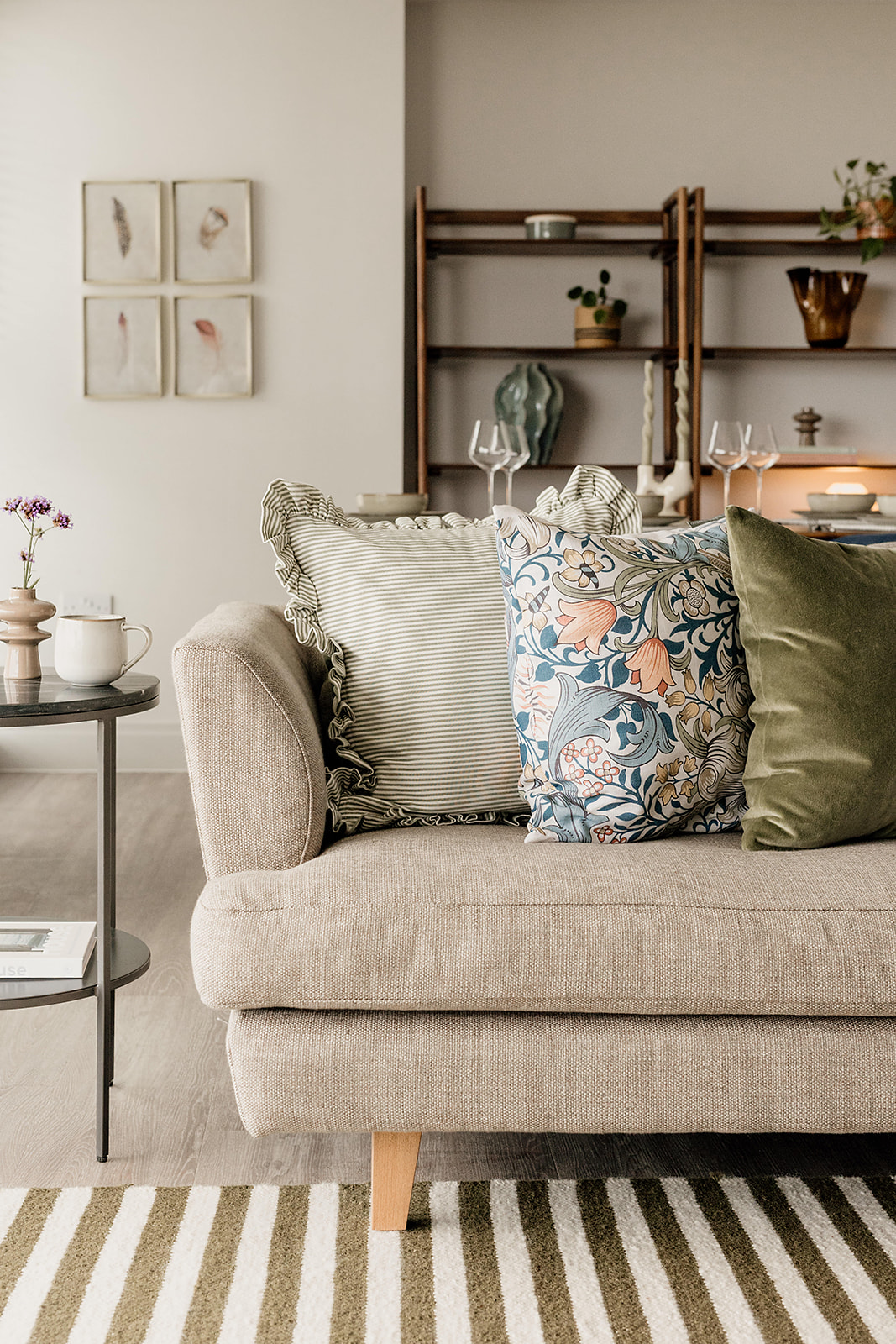
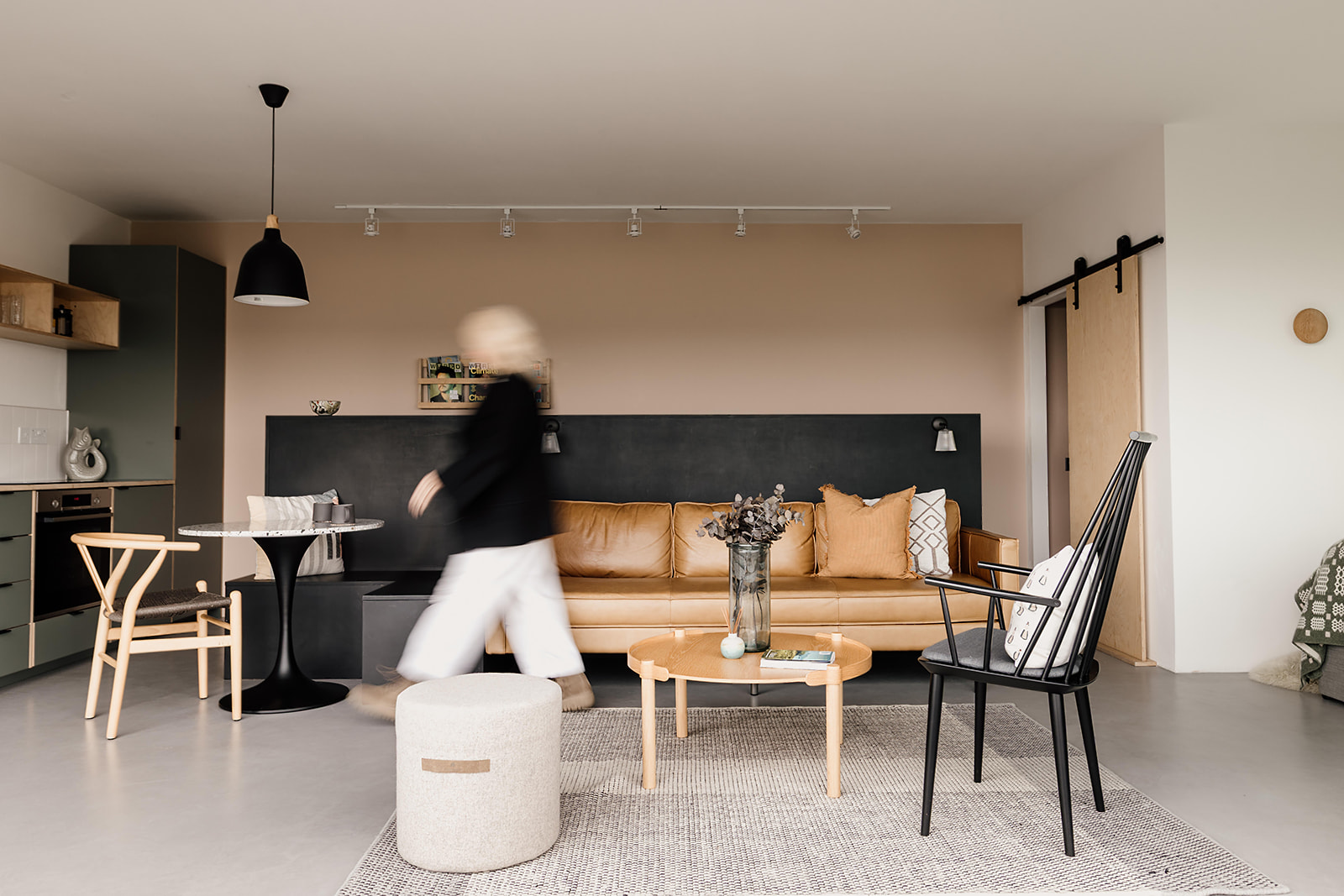



[…] Designing for the senses is central to creating a home which can holistically enhance our wellbeing and enjoyment of a space. This is the approach that we take when transitioning into new seasons. By considering not only the look of a room but how it affects each of the five senses, and how we can practically make our house work for us throughout the year. […]
[…] basics and start with the five senses. Back in July, we wrote about how viewing your home with all five senses in mind is key to great design. Designing a home which doesn’t only rely on things looking good, […]
[…] An interior designer’s super power is reading between the lines of what you say you want, what you think you want, and what will actually make you happy in your home. Connecting you to a style which you perhaps never knew was yours. Creating a space which evokes all of the positive feelings through every one of your senses. […]
[…] on our five senses to create a positive sensory experience is a technique to use when designing a home for our […]
[…] talked before on the blog about sensory design and how the most effective interior design considers all five senses. Colour drenching taps into […]